Found a total of 10000 related content
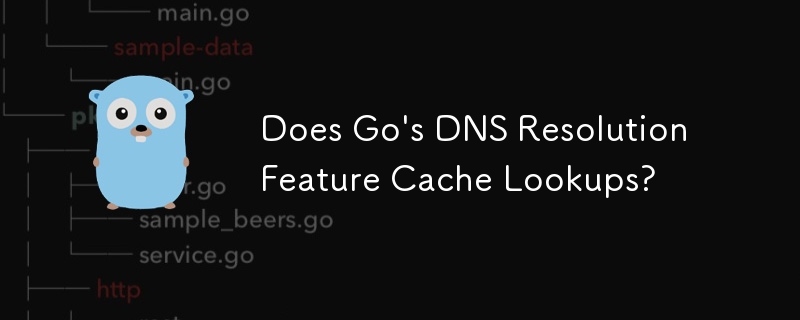
Does Go\'s DNS Resolution Feature Cache Lookups?
Article Introduction:Does Go's DNS Resolution Feature Cache Lookups?The Go programming language's standard library lacks a built-in mechanism for caching DNS lookups...
2024-11-06
comment 0
918
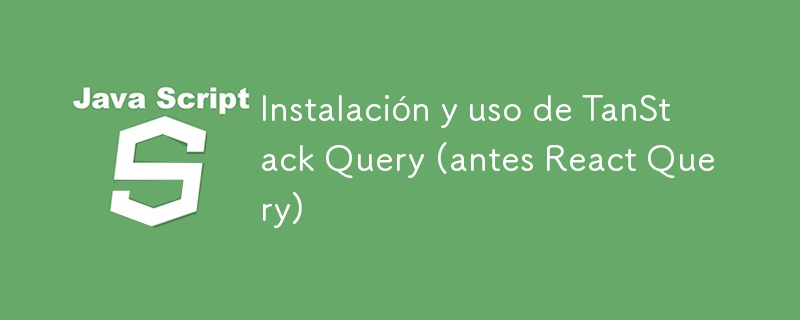
Installing and using TanStack Query (formerly React Query)
Article Introduction:Introduction to TanStack Query
TanStack Query (formerly React Query) is a powerful library for managing the state of queries in React applications. Simplifies the process of getting, caching, syncing and updating
2025-01-26
comment 0
513
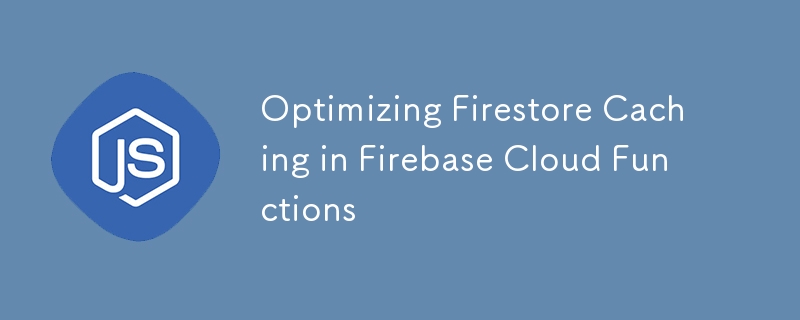
Optimizing Firestore Caching in Firebase Cloud Functions
Article Introduction:Understanding @libs-jd/cloud-firestore-cache
When working with Firebase Cloud Functions, managing Firestore data efficiently can be tricky.
The @libs-jd/cloud-firestore-cache library offers a simple solution for caching Firestore data within a sing
2024-12-09
comment 0
872
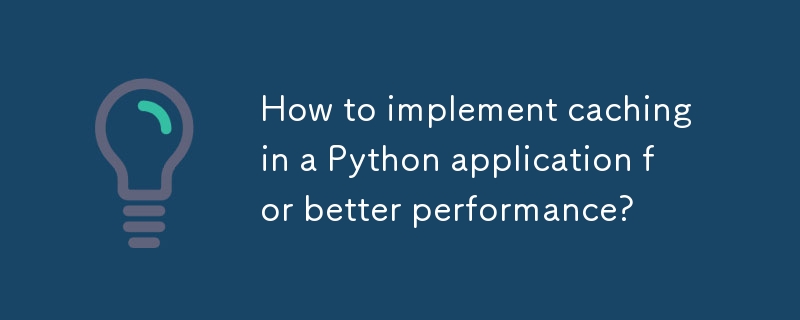
How to implement caching in a Python application for better performance?
Article Introduction:Using caching can significantly improve Python application performance. First, pure function results can be cached through the functools.lru_cache decorator to reduce duplicate calculations; secondly, use the cachetools library to achieve more flexible memory caching strategies, such as TTLCache supports setting expiration time; for distributed environments, it is recommended to integrate Redis as an external cache system to realize data sharing and persistence across processes or servers; in the web framework, Flask can achieve view-level caching through Flask-Caching extension, and Django supports back-end caching mechanisms such as Redis; to ensure effectiveness, only time-consuming operations should be cached, reasonable expiration time should be set, old data should be invalidated in time, and monitoring should be performed in a timely manner.
2025-09-10
comment 0
570

React Query 3: A Guide to Fetching and Managing Data
Article Introduction:Simplify data acquisition for front-end CRUD applications using React Query
Building a front-end CRUD application is easy at first, but as functionality increases, complexity increases rapidly. For each API endpoint, state management, synchronization, caching, and error handling are required. This article will introduce a library called React Query and how it can help solve all of these problems. The library claims to be a "missing data acquisition library" and provides "server state management" for your React application.
We will use a complete React Query demo project to learn the core features that the library provides. You can then apply this knowledge to your own project. First, in
2025-02-10
comment 0
712

PSR-Caching Interface in PHP
Article Introduction:Hello everyone! Is your application running slowly due to repetitive database queries? Or have trouble switching between different caching libraries? Let’s dive into PSR-6, the standard that makes caching in PHP predictable and interchangeable! This article is part of the PHPPSR standards series. If you are new to this, you may want to start with PSR-1 basics. What problem does PSR-6 solve? (2 minutes) Before PSR-6, each cache library had its own unique way of working. Want to switch from Memcached to Redis? Rewrite your code. Migrating from one framework to another? Learn the new caching API. PSR-6 solves this problem by providing a common interface that all cache libraries can implement. nuclear
2025-01-11
comment 0
1295


How to solve Redis caching and session issues in Yii2 framework? It can be done easily with Composer!
Article Introduction:How to efficiently implement Redis caching and session management is a common problem when developing projects using the Yii2 framework. Recently I encountered this problem in my project. After trying multiple methods, I finally installed and configured the yiisoft/yii2-redis extension library through Composer, which successfully solved these problems. Below I will introduce this process in detail, as well as the convenience and effects brought by using Composer.
2025-04-17
comment 0
923

MySQL: Database Management System vs. Programming Language
Article Introduction:MySQL is not only a database management system (DBMS) but also closely related to programming languages. 1) As a DBMS, MySQL is used to store, organize and retrieve data, and optimizing indexes can improve query performance. 2) Combining SQL with programming languages, embedded in Python, using ORM tools such as SQLAlchemy can simplify operations. 3) Performance optimization includes indexing, querying, caching, library and table division and transaction management.
2025-04-16
comment 0
679
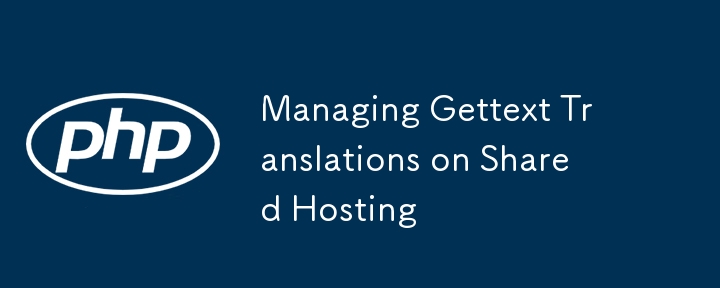
Managing Gettext Translations on Shared Hosting
Article Introduction:Core points
Gettext is a popular method for translation management of PHP websites, but it has a significant drawback: Apache caches translations, which means that unless the engine is restarted, updates to translated files will not be visible. This is especially problematic on shared hosting, as administrator privileges are often not available.
Audero Shared Gettext is a PHP library that allows developers to bypass Apache's cache of translations loaded through the gettext() function. The library uses a simple trick to create a mirrored copy of the translation file, tricking Apache into thinking it as a new, irrelevant translation, thus avoiding caching issues.
Audero Shared Gettext available
2025-02-22
comment 0
1333

Can mysql handle large databases
Article Introduction:Depending on the situation: MySQL can handle large databases, but requires proper configuration, optimization and use. The key is to choose the correct storage engine, library and table division, index optimization, query optimization and caching mechanism. Advanced optimization techniques such as database clustering, read-write separation and master-slave replication can further improve performance. Be careful to avoid common mistakes and follow best practices such as regular backups, monitoring performance and parameter optimization.
2025-04-08
comment 0
528

Approaches to Scaling MySQL Database for High Load
Article Introduction:The MySQL stand-alone bottleneck can be solved through read and write separation, library separation, cache and asynchronous processing and other optimization methods. 1. Read and write separation is realized through master-slave replication. The main library processes write requests, and the slave library processes read requests, and combines connection pools to improve efficiency, but attention should be paid to the asynchronous replication delay problem; 2. The sub-repository sub-table includes vertical split (split by field) and horizontal split (split by rules), which is suitable for large data scenarios and requires middleware to handle complex queries; 3. Caching can reduce database pressure, use Redis or Memcached to cache hotspot data, and combines message queues to asynchronously process non-real-time write operations; 4. Other optimizations include slow query analysis, parameter tuning, connection pool management and SQL optimization, and detailed processing is crucial to performance improvement.
2025-07-08
comment 0
913
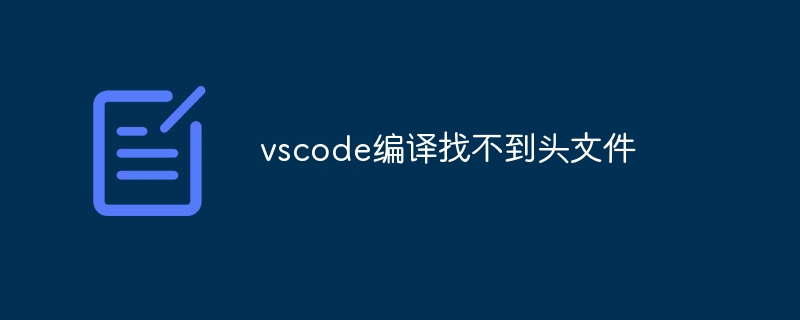
vscode compilation cannot find the header file
Article Introduction:Reasons for the header file not found in Visual Studio Code and its workaround: Include path is not configured correctly: Add the header file path to the include path. Header file misspelled or incorrect path: Check spelling and path. The header file does not exist: Make sure the file exists in the specified path. Environment variable not set: Set environment variables (such as including paths) if necessary. Compiler version incompatible: Make sure the compiler is compatible with the header file. The third-party library is not installed correctly: The third-party library is installed correctly. Other project dependencies: Make sure that the dependency project is built and contains the necessary header files. VSCode Caching Issue: Restart or clear the VSCode cache.
2025-04-15
comment 0
950

Speeding up Existing Apps with a Redis Cache
Article Introduction:Redis accelerates existing applications: cache queries to reduce server load
Core points:
Redis effectively accelerates existing applications by caching query results, thereby reducing server stress. It stores query results for a specified time (for example, 24 hours), and then reuses these results, significantly improving application speed.
The installation of Redis can be done through the operating system package manager or manually. The installation process includes avoiding common warnings and ensuring that Redis starts automatically after the server restarts.
The Predis library works with Redis to provide a memory cache layer for applications. This process involves checking whether the results of the current query exist in the cache, if not, get the result and transfer it
2025-02-17
comment 0
445

How to convert XML to image using JavaScript?
Article Introduction:JavaScript cannot directly convert XML into pictures. It is necessary to parse XML data first, and then generate pictures using drawing libraries (such as Canvas) based on the data content. The parsing XML uses DOMParser, and the drawing uses the Canvas 2D API. The core is to define the mapping relationship between XML data and images, and the drawing algorithm varies according to the data structure and drawing logic. Advanced usage involves handling more complex data and drawing logic, which can simplify the process using a chart library. Common errors include parsing errors and drawing errors, which can be debugged by checking error information and debugging code. Optimization techniques include asynchronous operations, caching mechanisms, and error handling.
2025-04-02
comment 0
676

Java System Design for Scalable Architectures
Article Introduction:Building a scalable Java system requires six core principles: hierarchical architecture and microservice splitting, performance optimization, message queue decoupling, high availability design, data consistency guarantee, and monitoring and tracking. 1. Split microservices according to the business domain, use SpringBoot SpringCloud to achieve service governance, and unify the entrance through the API gateway; 2. Use asynchronous processing, multi-level caching, read and write separation and library division and table division to improve performance; 3. Introduce Kafka or RabbitMQ to achieve service decoupling and traffic peak cutting to ensure message reliability; 4. Enhance system fault tolerance through fuse degradation, current limit control and health checks; 5. Select AP under CAP trade-offs and adopt final consistency schemes, such as message table, Saga or TCC mode;
2025-08-06
comment 0
970
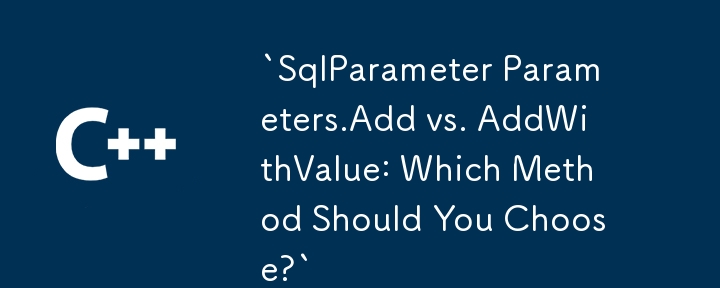

Dave The Diver: How To Catch Spider Crabs
Article Introduction:In Dave The Diver, there are some creatures that are not easy to catch. Or, catch alive that is. The spider crab is one of those very species, making it seem like the only way to bring these crustaceans back up to land is to viciously crack them up w
2025-01-10
comment 0
934


















